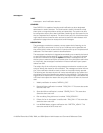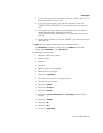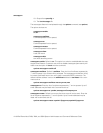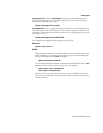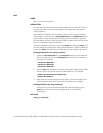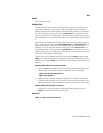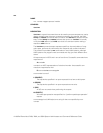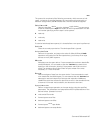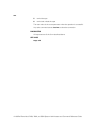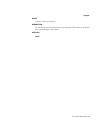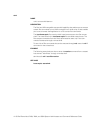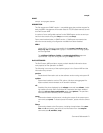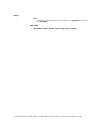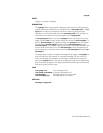
Command ReferenceA-167
The protocol is comprised of the following commands, which are sent as indi-
cated - no spaces are supplied between the command and its arguments, or
between its arguments, and \n indicates that a newline should be supplied:
O
device
\n
mode
\n
Open the specified
device
using the indicated
mode
.
device
is a tape name
of the form described in tape and
mode
is an ASCII representation of a deci-
mal number specifying how the tape is to be opened:
0 read-only
1 write-only
2 read-write
If a device had already been opened, it is closed before a new open is performed.
C
device
\n
Close the currently open device. The
device
specified is ignored.
L
whence
\n
offset
\n
Performs no operation, and returns the value of
offset
; UNIX-style lseek
operations are ignored on Dell filer tape devices, just as they are on tape
devices on many UNIX systems.
W
count
\n
Write data onto the open device. If
count
exceeds the maximum data buffer
size (64 kilobytes), it is truncated to that size. /etc/rmt then reads
count
bytes from the connection, aborting if a premature end-of-file is encoun-
tered. The response value is the number of bytes written if the write
succeeds, or -1 if the write fails.
R
count
\n
Read
count
bytes of data from the open device. If
count
exceeds the maxi-
mum data buffer size (64 kilobytes), it is truncated to that size. /etc/rmt then
attempts to read
count
bytes from the tape and responds with A
count
-
read\
n if the read was successful; otherwise an error in the standard format
is returned. If the read was successful, the data read is then sent.
I
operation
\n
count
\n
Perform a special tape operation on the open device using the specified
parameters. The parameters are interpreted as ASCII representations of the
decimal values.
operation
is one of:
0 write end-of-file marker
1 forward space
count
files
2 backward space
count
files
3 forward space
count
tape blocks
4 backward space
count
tape blocks
rmt




